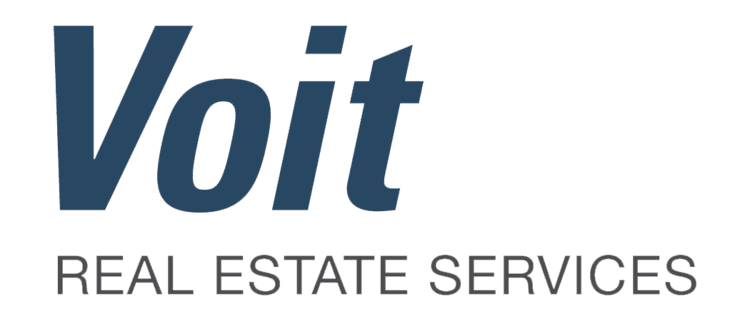Life Science Is Trending: What to Consider When Leasing Lab Space
This isn’t the first time we’ve talked about life science space on our blog—and it likely won’t be the last.
The need for scientific research is nothing new; however, with two years of a global pandemic under our belts, the need for quality life science CRE has done nothing but grow. In fact, The Wall Street Journal reports that “more than 31 million square feet of life-sciences space was under development in the fourth quarter of 2021, a new high in any quarter and up from about 19 million in the first quarter [of 2021].”
In short: The demand for quality life science space is on the rise, especially in San Diego. As a result, we’re seeing rapid development of life science CRE to meet demand as well as the heads turn of many CRE investors… “Should I get in on this?”
With life science space trending, it’s important to know what you’re getting into if you decide to invest. Let’s chat specifically about what to consider when leasing lab space.
Give Yourself Plenty of Time
Make sure you give yourself ample time to make the decision that best suits you.
Life science space is unlike any other commercial property. Every tenant will require different elements—and oftentimes, life science space is not move-in ready. Typically, you’ll need an additional six months to a year to convert the space to fit your needs (getting necessary permits can also be a lengthy process).
If you fail to jump the gun and start looking for your space well in advance, your options will be limited to those very few move-in-ready properties.
Identify What You’re Looking For
Life science labs are usually highly tailored to their unique tenant. So, consider: What kind of space do you need? These elements go beyond just square footage.
Will you need special infrastructure to extract specialty gasses? What heavy high-tech equipment needs to be accessible? How tall do your ceilings need to be per requirements? Do you need a higher floor load capacity? Superior HVAC systems? What about strategic vertical MEP expansion? The list goes on…
Identify and summarize what you’re looking for in your life science space, and then think ahead to the future. Might any of these requirements change during your lease term?
Budgeting
There are a few things to consider in terms of finances before leasing life science space.
First, of course, consider how long your current funding will last you and plan accordingly.
Second, ensure you receive a realistic tenant improvement (TI) cost estimate. Do this before signing your lease to avoid considerable capital expenditure exposure.
Third, calculate your estimated operating expenses. Typically, commercial laboratory leases default to the triple-net lease (NNN). In this leasing agreement, the tenant is responsible for paying base rent plus three operating expenses:
Base Rent + Common Area Maintenance + Property Taxes + Property Insurance + Utilities = Triple-Net Lease
These operating expenses are generally estimated by landlords. Tenants, as a result, are then charged a portion of this estimation based on their pro-rata share or proportionate. In a triple-net lease, the tenant also usually pays for their utilities.
Triple-net leases are most common in industrial and retail multi-tenant properties as each tenant’s expenses vary greatly. This lease type, of course, is the most desirable from a landlord’s perspective.
If offered a triple-net lease, a tenant should always be prepared to negotiate and determine the range in which these operating costs can fluctuate on a monthly and even annual basis, so as to not encounter any surprise expenses. Triple-net leases make it difficult for tenants to budget in advance.
This considered, try your best to get an estimate—this way, you can factor in and prepare for these expenses.
Interested in learning more about commercial leases? Check out our article “How to Navigate Different Lease Types and Their Obligations.”
Location, Location, Location
Of course, location matters—but perhaps not for the reason you’re thinking. You must consider what location(s) your team members—current and future—might prefer.
After all, when you’re going into the office for work, location is a big reason to stay with (or leave!) a company.
A Final Word
Voit’s local market knowledge of corporate entities provides a powerful advantage in researching, locating, and securing potential sites and in leveraging opportunities to maximize value for our clients.
By providing extensive financial and comparative analysis on all transactions, our team helps clients make informed decisions—because sometimes price is just the starting point.
Interested in financing your next life science investment? Read on to learn how to get the right funding to purchase CRE. Then, get in touch with our team today.







